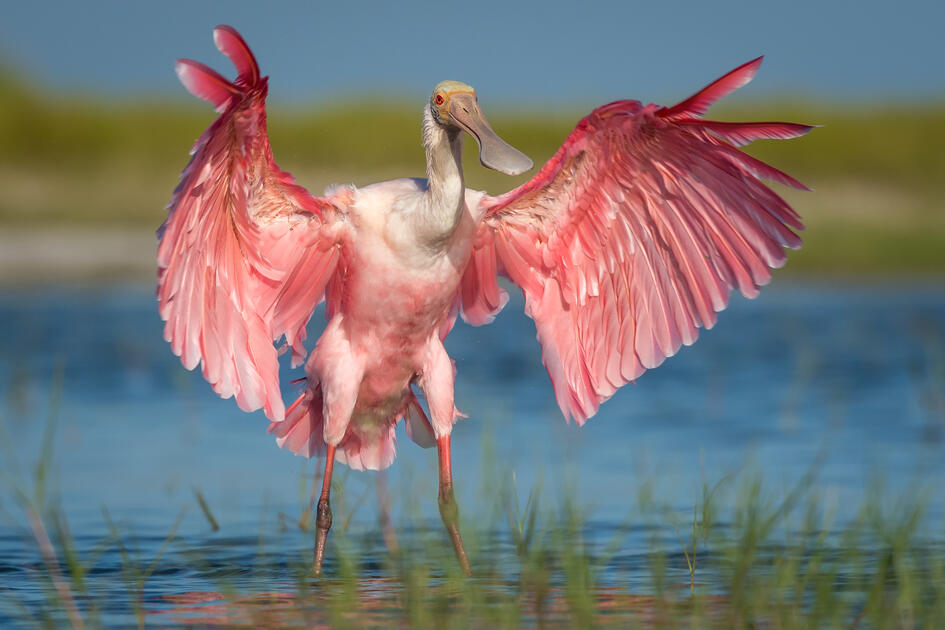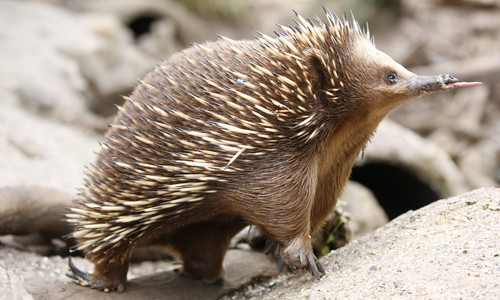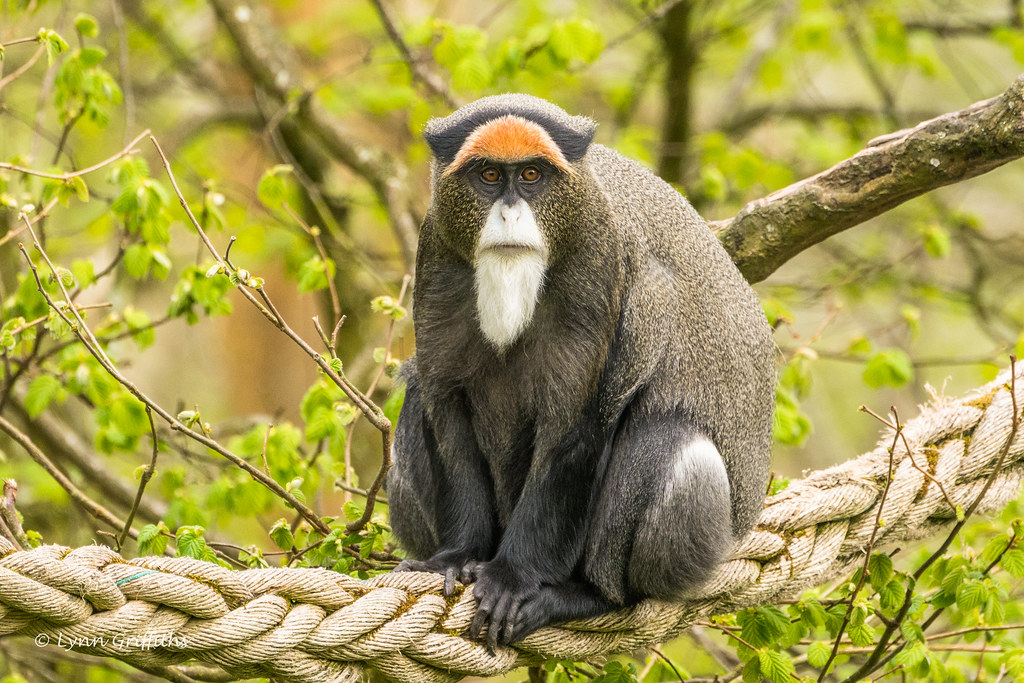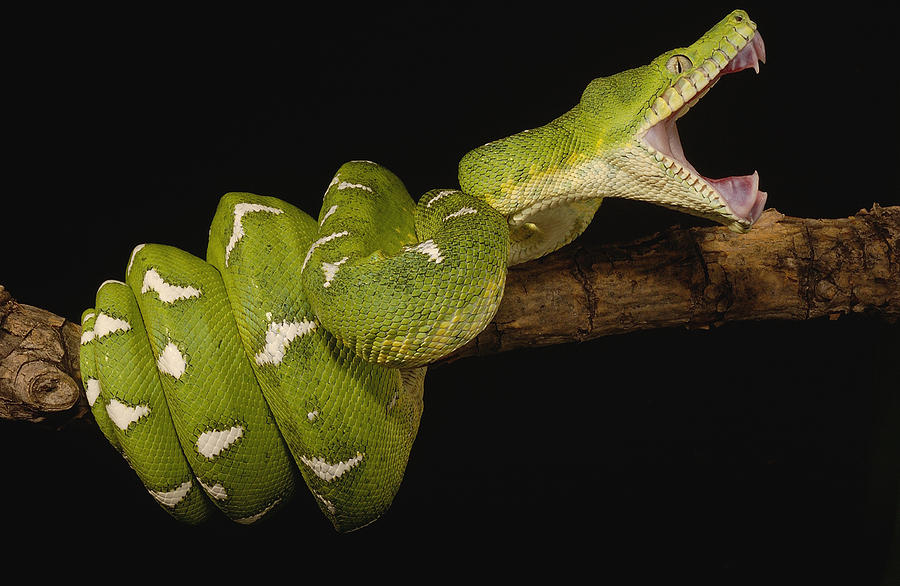I saw this being mentioned offhand in another thread, and this was a fun thought exercise in trying to choose an interesting set of species:
Cave Pack
1. A Central American species: In the Yucatan Peninsula, caves are the only place where freshwater collects (the ground is highly porous limestone, so no surface-level rivers, ponds or lakes can form). This means that practically all the area's wildlife must go underground to find drinking water. A study in 2022 recorded 18 species of larger mammal using these caves for various purposes. Some of these mammals are already in the game (jaguar, cougar and Northern raccoon), but there are many other options:
Gray foxes, opossums and tayra all visit the caves to forage for food
White-nosed coati and white-tailed deer visit only to drink from the pools
Northern tamandua and Mexican hairy dwarf porcupines use caves as a place to sleep
Central American agouti, ocelot and margay all use the caves as cooler places to spend the heat of the day
But the most commonly-visiting mammal was the lowland paca, which used the caves to drink, socialise and feed - they ate sticks which had fallen into the water through sinkholes in the cave roof and also ate roots of plants that had grown down through the cave roof to reach the water below
Of these many choices, my preference is for the
lowland paca - they are the most common cave species in the area, is an excellent representative of Central and South American forests, would add another large semi-aquatic rodent to the game and are kept in zoos, where they can live in mixed enclosures with other animals such as tapirs and capybaras.
2. The
Francois langur: A few species of primate have been recorded using caves, including the chacma baboon and the in-game Western chimpanzee, but the Francois langur probably has the most to offer. It would be a more widely-kept species of Asian langur than the proboscis monkey, is a good representative of the Annamite Mountains region of Indochina and are one of the more interesting cave-using animals. These monkeys sleep mostly in caves as a place to keep safe from predators, and also allow them to avoid the more dramatic temperature conditions from outside.
3. A Bornean species: The caves of Borneo are colossal, and often host enormous colonies of breeding bats and swiftlets. As well as attracting numerous predatory birds (such as hawks, eagles, owls and hornbills) and supporting a specialist cave community of species such as cockroaches and centipedes, a variety of larger mammals will visit caves in order to forage for food. Some examples include:
Leopard cat, Malayan civet and Malayan crested porcupine - all visit caves to feed on dead bats or bat pups that have fallen from the roof of the cave
Malayan sambar - visit caves to drink water that has filtered through the mounds of guano, which end up full of minerals absent from their poor diet of jungle plants
Out of these choices, I would probably pick the
Malayan sambar as a large species, an ungulate and a useful addition to mixed-species tropical Asian displays.
4. The
wolverine: In the arctic, wolverines have now been repeatedly observed making use of caves that have formed due to melting permafrost carving out covered areas. They use these caves both as shelters and as breeding dens. They would add one of the more desired species of mustelid, an excellent representative of polar and boreal regions and an animal that is fairly common in Northern Hemisphere zoos.
And a potential fifth option:
5. A cave crocodile: In Africa, at least two species of crocodile have been recorded using caves:
Nile crocodile - in Ankarana Caves in Madagascar, Nile crocodiles use the pools as a place to avoid both the extreme heat and human poachers
Dwarf crocodile - in Gabon, these crocodiles use caves as a place to hunt for bats; their use of guano-filled pools eventually dyes their skin orange
Personally, I would prefer to get a slender-snouted crocodile as an African species so I would stick with the four mammals.
Exhibit animals have even more options - if a walkthrough enclosure is necessary, then a smaller South American bat (like the
Seba's short-tailed bat) would be a pretty good option. For a standard exhibit, there are numerous types of cave salamanders (ranging from the totally blind
olm of Europe and
Texas cave salamander from the USA, to a range of sighted salamanders from caves around the world), I have a soft spot for the
Simandoa cave cockroach (an Extinct in the Wild species from West Africa, wiped out when their sole cave habitat was destroyed to create a bauxite mine) and I also wouldn't mind a
tailless whip spider (although I imagine arachnophobes would have something strong to say about their inclusion).








